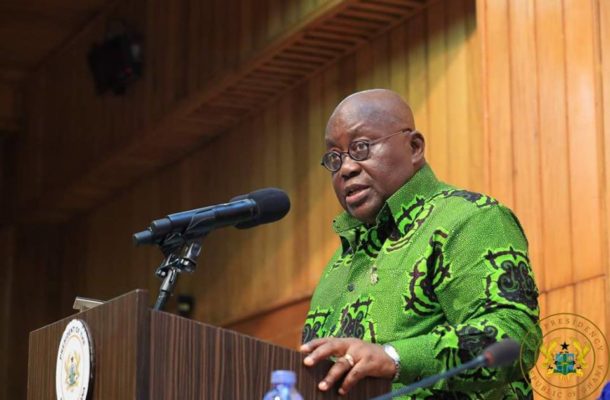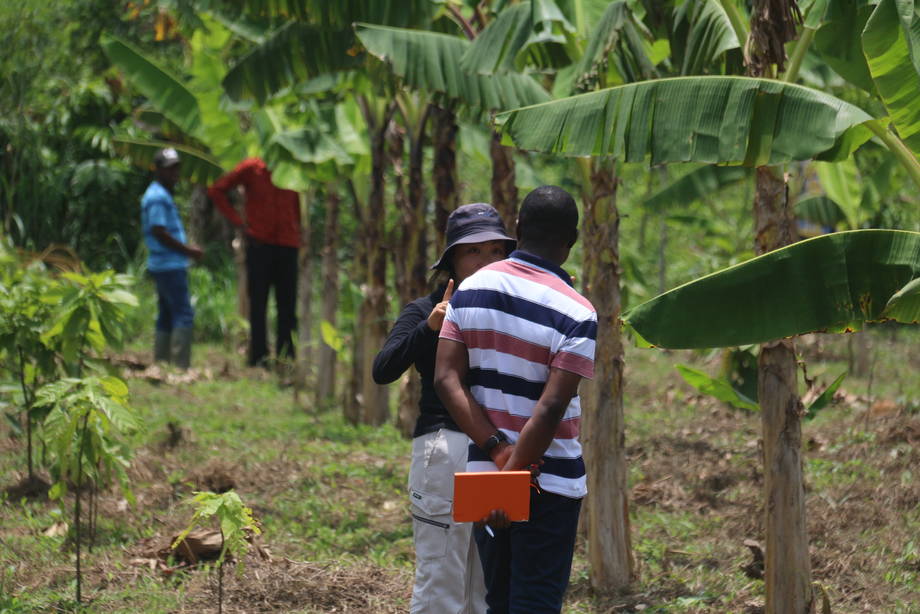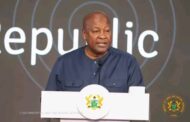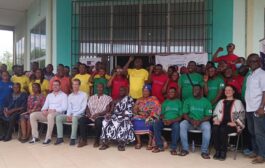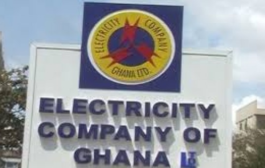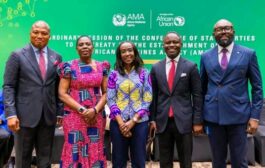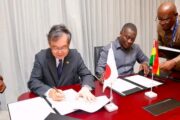President Nana Akufo-Addo led administration has vowed to develop capacity for local fertilizer production using gas and petroleum resources in its next administration.
According to the Party’s manifesto, Feasibility, land acquisition, and soil tests have been completed and Construction is scheduled to commence next year, 2021.
Under the Party’s Improve fertilizer distribution promise in 2016, More distribution agents have been deployed, and the entire process is in the process of being digitized and From 2017 to the first half of 2020, the NPP administration has distributed 919,193 MT of fertilizer (organic and inorganic) to farmers.
The success of Planting for Food and Job has led to increased farmer participation from 202,000 in 2017 to 1.2 million in 2019 • PFJ has led to an increase in the national production of maize by 71% (from 1.7 million MT in 2016 to 2.9 million MT in 2019) and of paddy rice by 34% (from 688,000 MT in 2016 to 925,000 MT in 2019) •
Additionally, PFJ has led to yields of maize, rice, and soybean, increasing by 131%, 59%, and 69% respectively •
Despite the increase in per capita consumption of rice from 35kg/per person in 2016 to 55kg/per person in 2019, Ghana has attained 50% self- sufficiency in rice production and it is targeted to attain full self-sufficiency by 2023 •
Under Planting for Food and Jobs, Ghana is not only self-sufficient in maize production but exporting 19 food items, including maize, to the rest of ECOWAS countries. These exports have increased by 56.6% between 2016 and 2019, from 85,000 MT to 133,145 MT •
The Global Food Security Index, which measures affordability, availability, and quality of food across 113 countries, placed Ghana in 59th position in 2019 up from 79th position in 2018.
The same Index placed Ghana in 3rd position in Sub-Saharan Africa after South Africa and Botswana.
Source: Mybrytfmonline/Kofi Atakora



